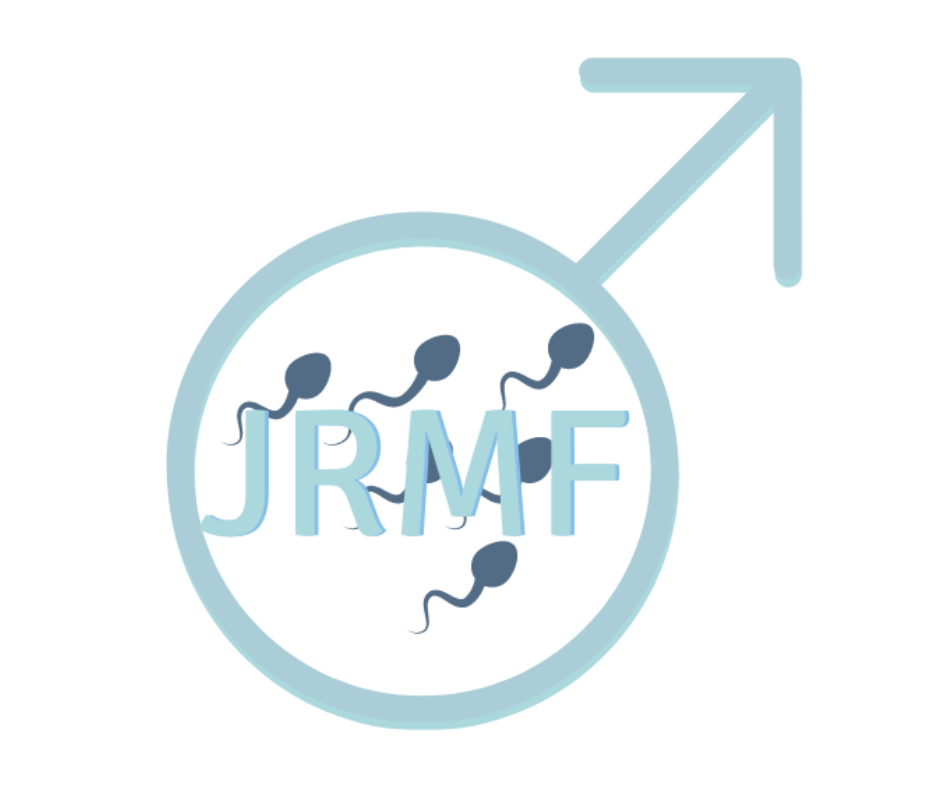Male factor infertility: You may have already been diagnosed with a condition, but if not, we are more than happy to help with your diagnosis and a unique treatment plan to help you.
As soon as we know the underlying cause of your fertility problems, the quicker we can get you on the journey to conception.
It is our job to change the number of couples that are suffering from unexplained infertility.
Male Factor #1: Mild
This is perhaps the most straight-forward of cases. Often, couples may have been trying to conceive naturally and things haven't panned out as hoped, but there doesn't seem to be a definite underlying issue that could be impacting success.
Understanding where you are on the spectrum can be as simple as a sperm test, which can be organised by my team to take place on-site as part of your initial consultation.
In the case of sub-optimal sperm quality, treatment may be possible after some further, more sophisticated tests, and all that's really needed is a gentle nudge to help the sperm quality and quantity increase to provide support in achieving a natural pregnancy.
Male Factor #2: Moderate
Patients who fall into this category are often already considering IVF, or perhaps have unfortunately undergone at least one unsuccessful round.
It's so important to look into the individual's circumstances; you are more than just a sperm vehicle after all!
Often, patients have been advised to proceed with ICSI and perhaps are led to believe that this is the only solution. But often it merely circumvents some of the male-factor problems, without addressing the possible causes. Our ultimate aim is for the chosen sperm to be as healthy and fighting-fit as we can make it.
I seek to not only optimise the sperm but to encourage and guide you through your IVF journey.
Male Factor #3: Severe
I see many patients who feel they have lost all hope in achieving a pregnancy. But even in the most severe of cases there is often a light at the end of the tunnel.
For patients who have been diagnosed azoospermic (the absence of sperm at ejaculation), it's important that we firstly seek treatment to encourage some spermatogenesis to occur, and failing this either discover whether there is any sperm production or undertake a microdissection sperm retrieval. Some patients might also be more suitable for a fine needle aspiration (FNA) mapping procedure (please see my procedures page for more information).
The cause might be ‘obstructive’ or ‘non-obstructive’:
Obstructive azoospermia, in which there is a blockage to the outflow of sperm, is always open to proper diagnosis and explanation and can often be corrected by microsurgical reconstructive techniques. Even when the eventual solution is IVF, most couples prefer to understand the reasons for the azoospermia, and if possible to attempt treatment.
Non-obstructive azoospermia, as a cause for infertility, represents challenges both in diagnosis and treatment. Although there have been very significant advances in microsurgical techniques to retrieve sperm from within the testicle (micro-TESE), care is needed both to identify any genetic abnormalities, and to protect the hormone producing function of the testicles.


